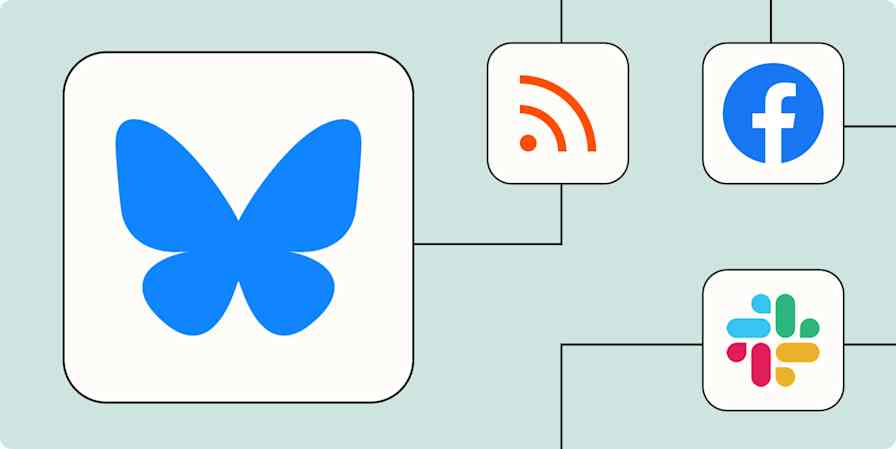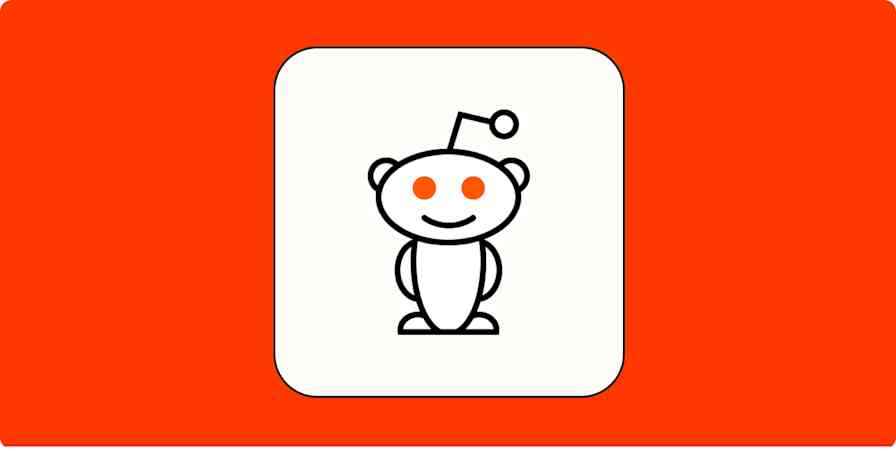Marketing tips
4 min readThe FOMO strategy: How 3 brands used micro-influencers to get overly sponsored
By Elna Cain · March 4, 2022

Get productivity tips delivered straight to your inbox
We’ll email you 1-3 times per week—and never share your information.
mentioned apps
Related articles
Improve your productivity automatically. Use Zapier to get your apps working together.








